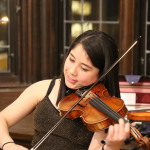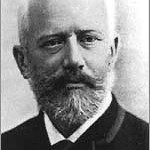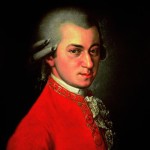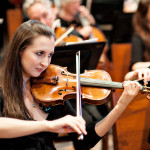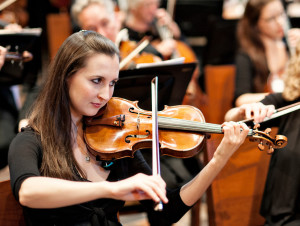The Bloomington Symphony Orchestra is pleased to announce that Louisa Woodfull-Harris will perform with the orchestra on Sunday, April 17, 2016 at 3 p.m. Woodfull-Harris was the grand prize winner of the Minnesota String and Orchestra Teacher’s Association (MNSOTA) Mary West Solo Competition which was held in November 2015.
Woodfull-Harris will perform the first movement of the Violin Concerto by Jean Sibelius at the concert which will also feature Capriccio Italien by Piotr Tchaikovsky and Camille Saint-Saens’ Symphony No. 3 in C Minor, “Organ Symphony.”
To purchase tickets, visit the Bloomington Box Office. Tickets are also available at the door (cash or check only).



